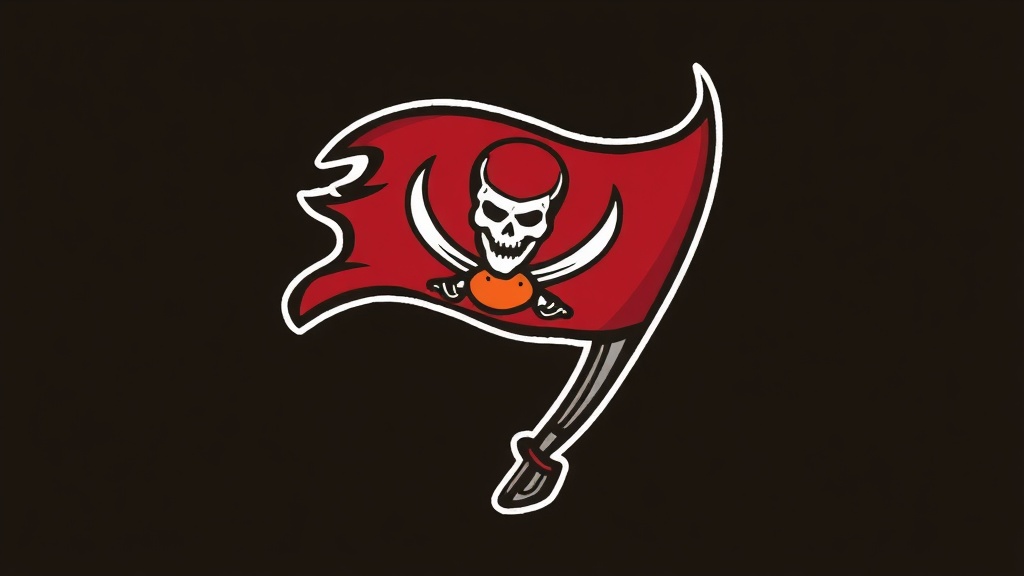Tampa Bay Buccaneers 2025 Season Preview: What to Watch — QB Battle, Roster Moves, Defense & Fantasy Outlook
The Tampa Bay Buccaneers are navigating a period of transition that blends veteran star power with new direction.

Fans and analysts are watching how the roster, coaching staff, and front office balance win-now moves with building depth and a sustainable identity. Whether you follow the Bucs for fantasy lineups or gameday traditions at Raymond James Stadium, there’s plenty to watch.
Offense: weapons and the quarterback question
The offense still features high-end playmakers who can change a game in an instant.
Consistent targets give any quarterback a chance to thrive, but the key remains protecting the passer and creating matchups in the short-to-intermediate game. Offensive line play, run-game efficiency, and red-zone execution will determine whether the Bucs can sustain long drives and reduce pressure on the passing game.
Quarterback play is central to Tampa Bay’s fortunes. The team’s approach—developing young talent while adding experienced competition—will shape offensive scheming and roster moves. Watch how the coaching staff adjusts playcalling to emphasize what the QB does best: quick reads, play-action shots, or running-game balance.
Defense: front-seven focus and turnovers
Defensive identity is built around controlling the line of scrimmage. When the Bucs win, it’s often because the front seven generates pressure, stops the run, and forces turnovers.
Depth along the defensive line and linebacker corps is critical; rotation keeps players fresh and aggressive late in games. Secondary play hinges on communication and leverage—when cornerbacks and safeties tackle well in space, big plays shrink.
Young players stepping into larger roles can be a difference-maker. Schemes that disguise coverage and bring timely blitzes will help veteran and rookie defenders alike get the most out of their skill sets.
Roster construction and roster economics
Balancing veteran contracts with cost-controlled younger players is a recurring challenge.
Smart cap management and targeted free-agent signings — especially on the offensive line and pass rush — create flexibility.
Draft picks and undrafted hires who contribute early can change the trajectory of a team’s depth chart without huge financial risk.
Coaching and culture
Coaching continuity and scheme clarity matter more than ever.
A staff that adapts to personnel strengths, communicates clearly, and emphasizes situational football (third-down defense, red-zone offense) gives a roster the best chance to win close games. Culture in the locker room—accountability, leadership from veterans, and buy-in from rookies—often shows up on Monday night highlights.
What to watch this stretch
– Quarterback development: consistency under center, decision-making, and mobility in the pocket.
– Offensive line play: pass protection, run gaps, and third-down performance.
– Defensive pressure: sacks, tackles for loss, and forced turnovers.
– Special teams: field position swings and reliable kicking.
– Health and depth: injuries can expose thin areas, making depth particularly valuable.
Fan experience and engagement
Raymond James Stadium remains a loud home for the Bucs, with tailgate culture and gameday rituals that make matchups feel electric. For fans who can’t make games, following pregame content and local coverage keeps you plugged into player developments and locker-room narratives.
Fantasy and betting angles
Tampa Bay weapons are often fantasy-relevant, especially in PPR formats. Target Bucs pass-catchers when matchups favor high pass volume. On the betting side, monitor injury news, weather at Raymond James, and defensive matchups before wagering.
Stay tuned to team reports and preseason tone—how the Bucs execute in early game scripts and situational football will hint at how they’ll handle the grind ahead. The blend of veteran talent and emerging players makes Tampa Bay compelling for fans, fantasy managers, and season-long evaluators alike.